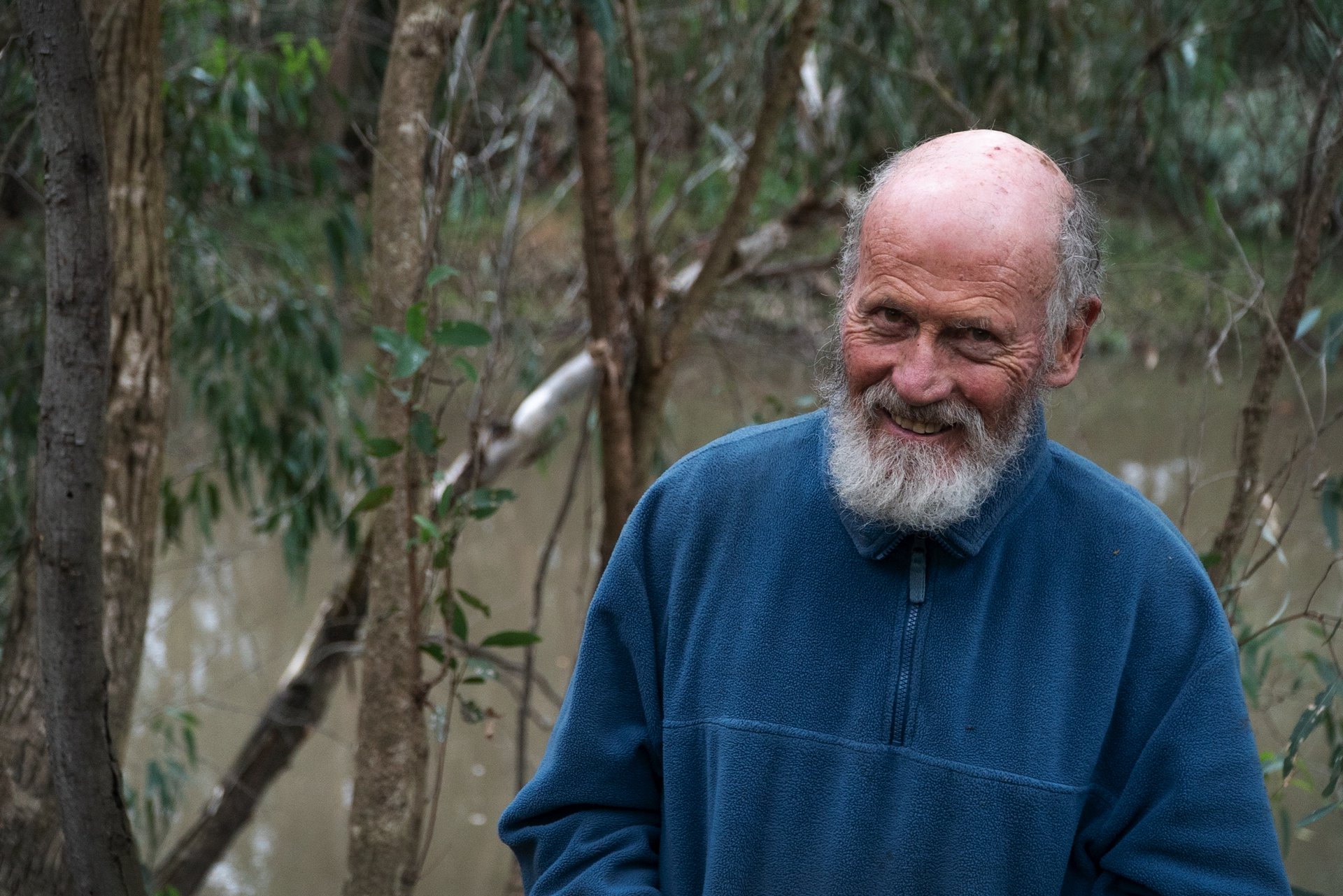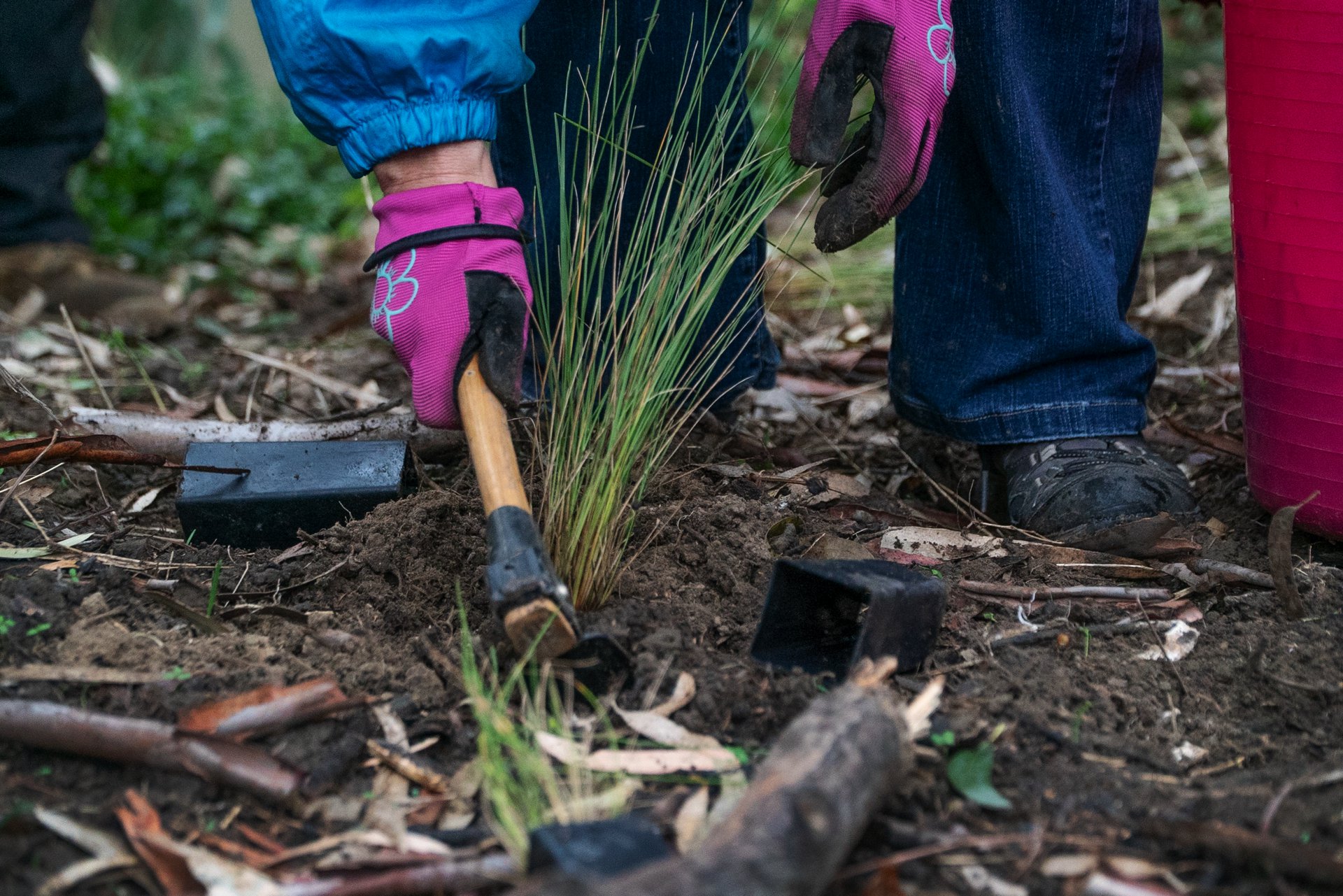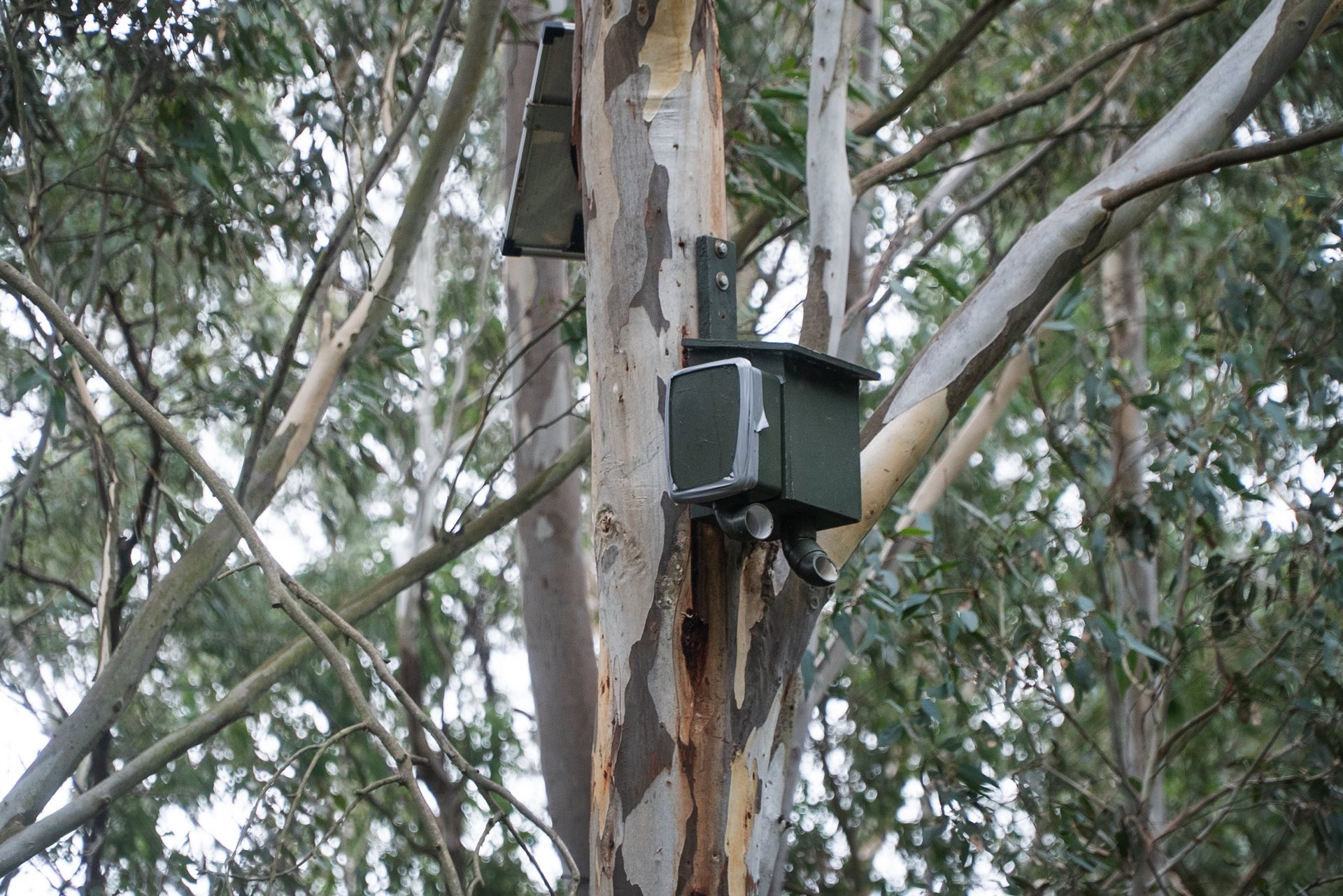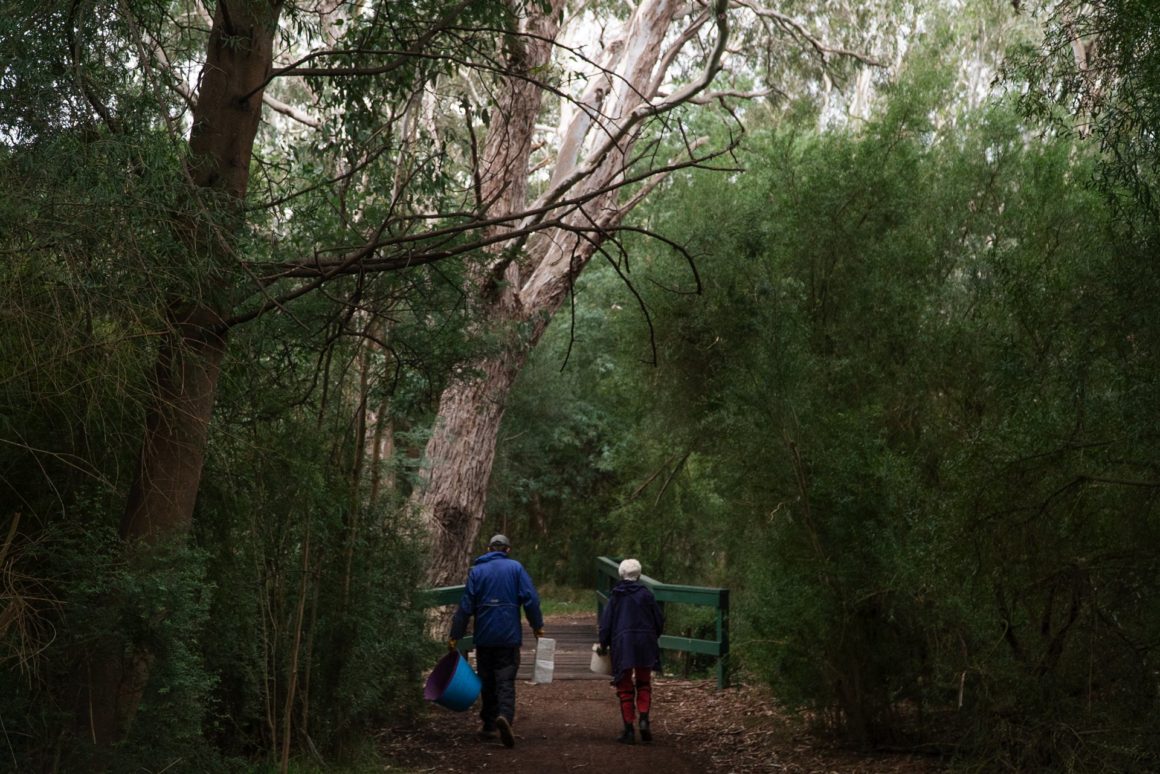Established in 1996, Friends of Wilson Reserve might do many of the ordinary things that other conservation groups do, but it is still far from the norm. What will immediately strike anyone who meets Friends of Wilson Reserve for the first time is the group’s persistence. Over the past 22 years, this conservation group has worked tirelessly to re-establish the healthy indigenous vegetation of an area that was almost entirely cleared for dairy farming and cropping in the mid-nineteenth century. Working through the reserve patch by patch, Friends of Wilson Reserve has gradually brought this special green space in the sleepy backstreets of Ivanhoe back to life.
Friends president and 20-year member Margaret describes how ‘some of the areas we’ve worked in, you wouldn’t believe we could have brought about such change.’ The reserve itself is oasis-like; a vibrant bush habitat for birds, mammals, and insects, as well as the local, hard-working humans who treasure this unique space.
From Ro, who wants to conserve the place that provides her with enormous restorative benefits, to Wendy and David, who appreciate ‘watching your work come to fruition,’ and, perhaps most impressively, to 92-year-old June, who attends every monthly working bee and is passionate about maintaining the patches of bushland that Melbourne has left – these are the individuals who dedicate their time and skill to restoring Wilson Reserve. However, it is perhaps Robert, the group’s longest standing member, who knows the most about the goings-on in the reserve.

Margaret explains that Robert ‘has a vision that he’s going to join up patches.’ Robert’s policy is ‘Don’t overextend yourself.’ This means that the group doesn’t take on too many revegetated areas at once so that those areas that are being worked on can remain properly managed. Twenty-two years ago, there was no ground cover, but now visitors to the reserve can appreciate the reintroduction of indigenous flora.
Although Friends of Wilson Reserve maintains a strong core group of dedicated workers, the group also recognises the need to attract a new kind of volunteer. ‘When I first started conservation thirty years ago, most people were in their thirties and forties,’ Robert says. ‘And now almost everyone is in their sixties and seventies.’ While the current members are enthusiastic, Robert knows that there will come a time when replacements are needed; ‘someone younger with more energy [who] can keep it going,’ he says.
The group’s partnership with Banyule City Council is also vital, as Margaret explains that ‘each side needs to know what the other is doing, and that’s where we’re headed with council.’ Friends of Wilson Reserve works closely with the Banyule Bush Crew, who provide their expertise and resources to assist the group with planting and weeding.

There is no shortage of benefits for those wanting to be involved. Whether you’re an experienced gardener or someone just starting out in the world of conservation, Robert sees it as a learning opportunity for just about anyone. Even after two decades of working in the reserve, Robert still maintains an enthusiasm that enlivens the people around him. ‘I’m passionate about learning new things,’ he says. ‘It’s a fascinating chance to do satisfying work and to learn how bushland works in Australia… You get to see stuff that most people never have a chance to see.’ The billabong that runs through the reserve also makes for an enchanting backdrop to the work being done and highlights the serene atmosphere of this hidden natural gem.
Robert has also brought microbat and frog surveys into the mix, which has allowed many biology undergraduates and postgraduates to learn about ecosystems and populations in an easily accessible reserve alongside someone who intimately knows the animals and plants found there. The microbats in particular have brought new excitement to the group, the population in the area being so reliable to study that Robert’s had ‘half a dozen PhD projects piggyback on our project.’ White Spot, a Gould’s Wattled Bat, is the poster bat for the surveys and represents the very special relationship that Friends members like Robert have developed with the inhabitants of the reserve. ‘We captured her 63 times,’ Robert says. ‘Which means we know a great deal about her life.’ Friends of Wilson Reserve therefore have more to offer than just indigenous planting – although this in itself is perhaps the most satisfying activity.
Group member June explains how ‘We need to do something with our bushland… we’re losing it.’ Conservation groups like Friends of Wilson Reserve bring some hope to the current outlook, demonstrating the huge difference that dedicated volunteers can make to local environments. This knowledge makes all the early mornings and rainy days spent working in the reserve worth it.

Ultimately, though, it’s the appeal of this vibrant natural place that draws people back again and again. Every time Robert visits Wilson Reserve, it’s a new day full of fresh opportunities. ‘I come out here in the bushland every morning… and I’m surrounded by birds all around me,’ he says. ‘I just feel privileged to have the chance to do it.’ This privilege is something that Robert and the other members of Friends of Wilson Reserve want to extend to other passionate individuals who can give their time and effort to a very special patch of Australian bushland.
Friends of Wilson Reserve meets on the third Sunday of every month from 10am to 12pm, except in December when they meet on the second Sunday. Visit the Landcare Victoria website for more information.
This story was originally featured in the Banyule Community Conservationists magazine published by Remember The Wild and supported by Banyule City Council. You can view the magazine in full here.
Banner image courtesy of Chris McCormack.


Leave a Reply